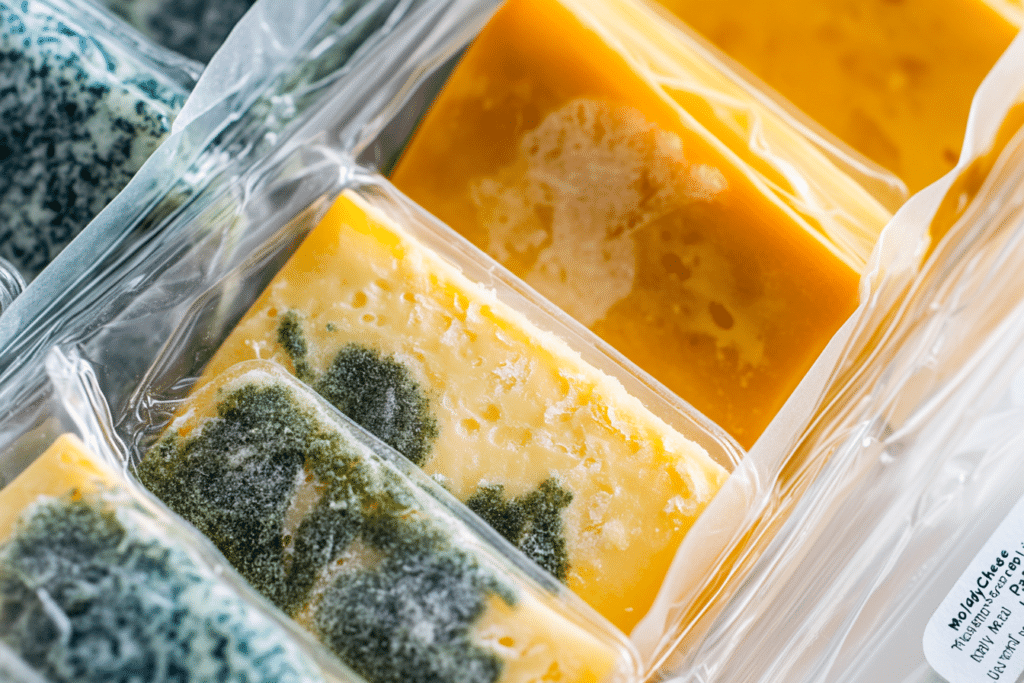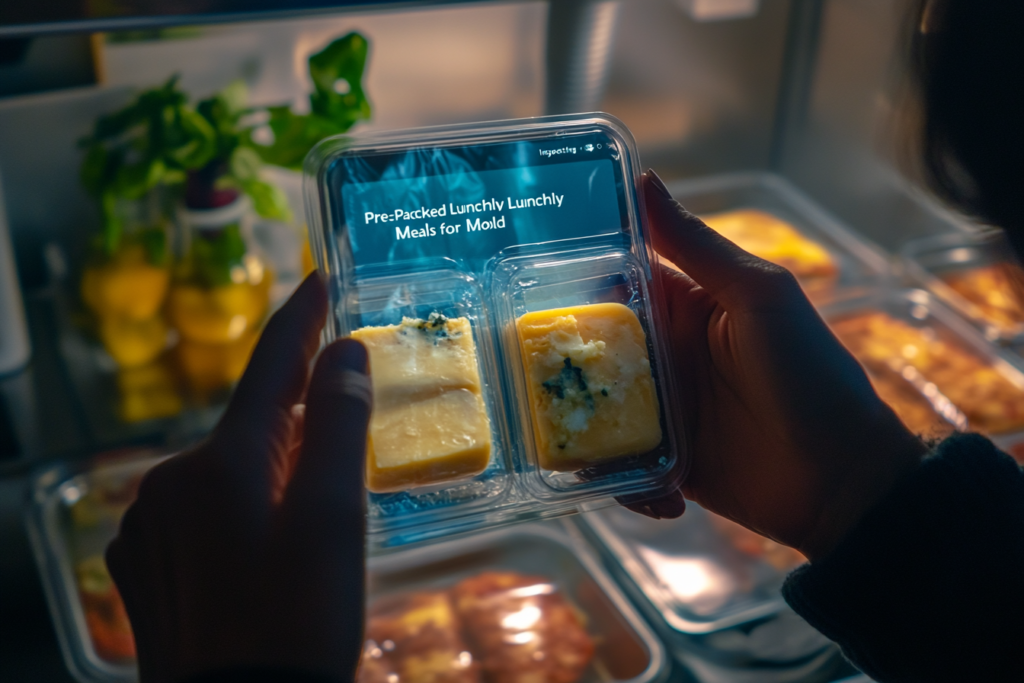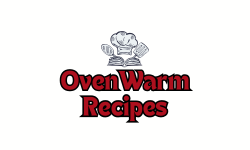1. Introduction
The Lunchly mold cheese controversy has sparked widespread concern among consumers and food safety advocates alike. Lunchly, a pre-packaged meal product promoted by major influencers like Logan Paul and MrBeast, initially gained traction for its convenient and creative approach to snacking. However, recent reports of moldy cheese within these packs have caused outrage across social media platforms.
This article delves into the Lunchly mold cheese issue, exploring its implications for food safety, consumer trust, and the brand’s reputation. We’ll also examine the underlying causes, provide actionable tips for consumers, and offer insights into the broader lessons for the food industry.
2. What is Lunchly and How Does It Relate to Mold Cheese?
2.1. The Concept Behind Lunchly
Lunchly is a pre-packaged meal product designed to offer convenient, ready-to-eat snacks for busy individuals. Much like the popular Lunchables, it includes various components such as crackers, meats, cheese, and dessert items, making it a versatile choice for kids and adults alike.
The brand differentiates itself by leveraging influencer marketing, with prominent figures like Logan Paul and MrBeast endorsing its products. This strategy has contributed significantly to its rapid rise in popularity among younger audiences.
2.2. Key Ingredients in Lunchly Packs
Lunchly emphasizes its use of “real cheese” and premium ingredients. Each meal pack typically includes:
- Cheese: Claimed to be high-quality and preservative-free.
- Crackers and Breadsticks: Often paired with spreads or dips.
- Proteins: Slices of ham, turkey, or salami.
- Snacks: Sweet treats like cookies or mini chocolates.
However, the mold controversy has cast doubt on the reliability of these claims, particularly regarding cheese storage and shelf life.
2.3. Popularity and Challenges Faced by Lunchly Mold Cheese Products
Lunchly’s popularity surged due to its:
- Convenience: Perfect for on-the-go meals.
- Creative Packaging: Engages younger consumers.
- Influencer Promotions: Millions of fans trust endorsements from Logan Paul and MrBeast.
Despite this, the mold issue has raised questions about whether Lunchly’s quality lives up to its marketing promises.
3. The Mold Controversy: What Happened?
3.1. Viral Incidents of Mold in Lunchly Cheese

The controversy surrounding Lunchly mold cheese began when several consumers, including YouTuber Rosanna Pansino, reported finding mold in their Lunchly packs. Pansino, in a now-viral video, showcased a Lunchly “Pizza Pack” with visible mold on the cheese slices despite the product’s expiration date being weeks away.
Other influencers and consumers echoed her concerns, sharing photos and videos of moldy cheese in their Lunchly products across TikTok, YouTube, and Reddit. These instances were not isolated, sparking widespread outrage and calls for accountability.
3.2. Consumer Reactions to Lunchly Mold Cheese Incidents
The mold discovery led to a firestorm of backlash:
- Social Media Outrage: Platforms like TikTok saw thousands of comments condemning Lunchly for poor quality control.
- Influencer Critiques: Prominent figures such as Logan Paul and MrBeast, who had previously endorsed Lunchly, faced criticism for their association with the brand.
- Consumer Distrust: Many customers expressed regret over purchasing Lunchly products and vowed never to buy them again.
The controversy highlighted a growing concern about the transparency and safety of pre-packaged meal products.
3.3. Why Mold Occurs in Packaged Cheese Products Like Lunchly
Several factors may have contributed to the presence of mold in Lunchly cheese:
- Improper Storage Conditions: Some reports suggest that Lunchly packs may have been exposed to warm temperatures during transit or storage, accelerating mold growth.
- Packaging Flaws: Inefficient sealing or inadequate preservatives may have allowed bacteria to thrive.
- Inadequate Quality Control: The frequency of these reports raises questions about Lunchly’s internal quality assurance processes.
Understanding these potential causes is critical for both consumers and manufacturers to prevent similar issues in the future.
4. Food Safety Standards and the Risk of Lunchly Mold Cheese
4.1. How Food Safety Standards Apply to Products Like Lunchly
Pre-packaged meals like Lunchly must adhere to strict food safety regulations. For detailed food safety guidelines, visit FDA Food Safety Guidelines. These standards require:
- Proper Labeling: Including expiration dates and storage instructions.
- Hygienic Packaging: To prevent contamination during production and distribution.
- Temperature Control: Ensuring perishable items like cheese are stored and transported at appropriate temperatures.
Failure to meet these standards can result in product recalls, legal consequences, and damage to consumer trust. Understanding food safety is essential, especially for perishable products like Lunchly. For a comparison of storage practices, see the Difference Between Crème Brûlée and Custard.
4.2. Risks of Consuming Moldy Cheese
Not all molds are harmful, but consuming mold on processed or pre-packaged cheese can pose significant health risks:
- Digestive Issues: Mold can cause nausea, vomiting, and diarrhea.
- Allergic Reactions: Some individuals may experience respiratory problems or skin irritation.
- Toxins: Certain molds produce mycotoxins, which can lead to severe health complications if ingested.
Certain molds can produce mycotoxins, posing severe health risks. For a comprehensive understanding of mold safety, refer to Mayo Clinic: Is Moldy Food Safe?.
4.3. Industry Best Practices for Packaging and Preservatives
Other brands in the pre-packaged meal industry employ innovative methods to minimize risks:
- Vacuum-Sealed Packaging: Ensures airtight seals to prevent bacterial growth.
- Natural Preservatives: Using ingredients like citric acid to extend shelf life without compromising safety.
- Temperature-Sensitive Logistics: Utilizing refrigerated trucks and storage facilities to maintain consistent cold chains.
Lunchly’s mold controversy underscores the importance of adopting these best practices to maintain product integrity and consumer confidence.
5. How to Identify and Avoid Mold in Lunchly Cheese Products
5.1. How to Spot Mold in Pre-Packaged Meals
Identifying mold early can save you from potential health risks. Here’s what to look for:

- Visual Signs: Green, blue, or white fuzzy spots on cheese or other items.
- Unusual Odors: A sour or musty smell is often a clear indicator.
- Damaged Packaging: Tears, holes, or bulging seals can allow mold to grow.
If you find any of these signs, avoid consuming the product and report it to the manufacturer or retailer.
5.2. Best Practices for Storing Lunchly Products
Proper storage can prevent mold growth and maintain the quality of your Lunchly packs:

- Refrigerate Immediately: Always store Lunchly products at or below 40°F (4°C).
- Follow Expiration Dates: Consume items before their labeled dates, especially dairy-based components.
- Avoid Temperature Fluctuations: Keep products in a consistent cold environment, avoiding prolonged exposure to heat or sunlight.
Proper refrigeration is crucial for maintaining the quality of Lunchly products. Follow storage guidelines from resources like the USDA Cold Food Storage Chart.
5.3. Steps to Take If You Encounter Mold
If you discover mold in a Lunchly product, here’s what you should do:
- Document the Issue: Take photos of the moldy product and its packaging for evidence.
- Contact the Manufacturer: Report the issue through their customer service channels and request a refund or replacement.
- Report to Regulatory Authorities: If the problem seems widespread, notify food safety organizations like the FDA.
Being proactive ensures that manufacturers remain accountable and encourages them to improve their quality standards. If you encounter mold, taking proper steps ensures accountability. For related food tips, explore How to Caramelize Brûlée.
6. Lunchly’s Response to the Mold Controversy
6.1. Official Statements from Lunchly
Following the widespread backlash over moldy cheese, Lunchly issued a public statement addressing the issue. They expressed regret and assured customers that they were investigating the reported incidents. Key highlights from the statement included:
- Acknowledgment of Errors: Admitting potential lapses in quality control.
- Commitment to Improvement: Announcing plans to enhance packaging and storage protocols.
- Customer Assurance: Offering refunds or replacements for affected products.
While the statement attempted to mitigate the situation, it did little to quell the dissatisfaction among their consumer base.
6.2. Impact on the Brand’s Image
The mold controversy severely dented Lunchly’s reputation, with visible consequences:
- Decline in Sales: Reports suggest a noticeable drop in sales following the incident.
- Negative Publicity: Social media platforms flooded with complaints and memes mocking the brand.
- Loss of Influencer Trust: Prominent figures like Logan Paul and MrBeast distanced themselves from the brand, further damaging its credibility.
Rebuilding consumer trust has become a monumental challenge for Lunchly.
6.3. Steps Taken to Regain Trust
To recover from the controversy, Lunchly implemented several measures:
- Stricter Quality Control: Regular audits and testing to ensure product safety.
- Improved Packaging: Transitioning to vacuum-sealed containers to prevent contamination.
- Transparency Campaigns: Partnering with food safety experts to educate consumers about their efforts.
Additionally, Lunchly leveraged social media to share behind-the-scenes glimpses of their improved production processes, hoping to win back their audience.
7. FAQs About Lunchly Mold Cheese
Lunchly’s issues have sparked curiosity about pre-packaged foods. For a different take on food innovation, check out our Ninja Creami Recipes Guide.
7.1. Does Lunchly Have Moldy Cheese?
There have been reports of mold in some Lunchly cheese products, particularly in the “Pizza Pack” variant. While these incidents appear isolated, they highlight the importance of proper storage and packaging. If you encounter mold in a Lunchly product, contact their customer service for a refund or replacement.
7.2. Has Lunchly Been Discontinued?
As of now, Lunchly has not been discontinued. However, the brand faced significant backlash over the mold controversy, leading to a temporary decline in availability at certain retailers. Lunchly is actively working to address consumer concerns and restore its reputation.
7.3. Is It Okay to Eat Cheese with a Little Mold on It?
Not all molds are harmful, but when it comes to processed or pre-packaged cheese, mold is generally unsafe. Molds on Lunchly cheese can potentially produce toxins that are harmful if ingested. Always discard cheese that shows visible signs of mold, and do not attempt to scrape it off.
7.4. What is the Controversy with Lunchly?
The controversy began when consumers and influencers reported finding mold in Lunchly cheese products, sparking widespread concern about food safety and quality control. The backlash led to calls for accountability, with the brand pledging to improve its packaging and storage processes.
8. Conclusion
The Lunchly mold cheese controversy serves as a powerful reminder of the critical importance of food safety and quality control in the packaged food industry. While Lunchly gained significant popularity for its convenience and creative approach to meal packs, the reports of mold in its cheese products have highlighted serious lapses in quality assurance.
For consumers, this controversy underscores the need for vigilance when purchasing and consuming pre-packaged meals. Proper storage, careful inspection, and prompt action in case of issues are essential steps in ensuring food safety.
On the brand side, Lunchly has made efforts to regain trust by implementing stricter quality control measures and enhancing its packaging. However, rebuilding its reputation will require continued transparency and a commitment to delivering safe, high-quality products.
As Lunchly moves forward, the lessons learned from this incident could help pave the way for improved practices across the industry, ultimately benefiting both consumers and manufacturers.
